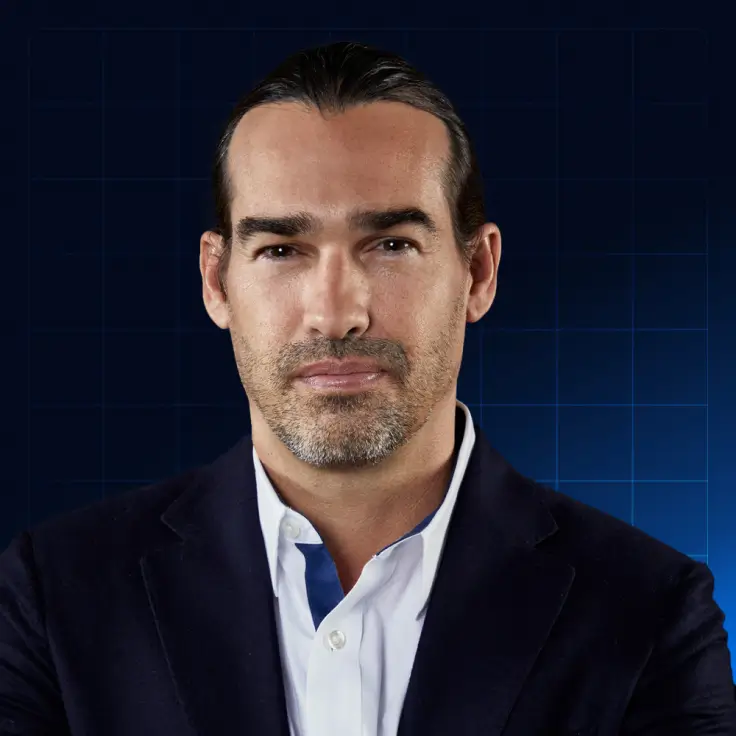
À propos de project44
Leadership
project44 apprécie le fait que les produits d’excellence sont fabriqués par de grands talents et que les grands talents méritent un leadership exceptionnel. Découvrez l’équipe de direction mondiale qui guide project44 dans sa mission destinée à faire fonctionner les chaînes d’approvisionnement.
Rejoignez l’équipe
project44 est une entreprise mondiale dont la mission est de faire fonctionner les chaînes d’approvisionnement.






